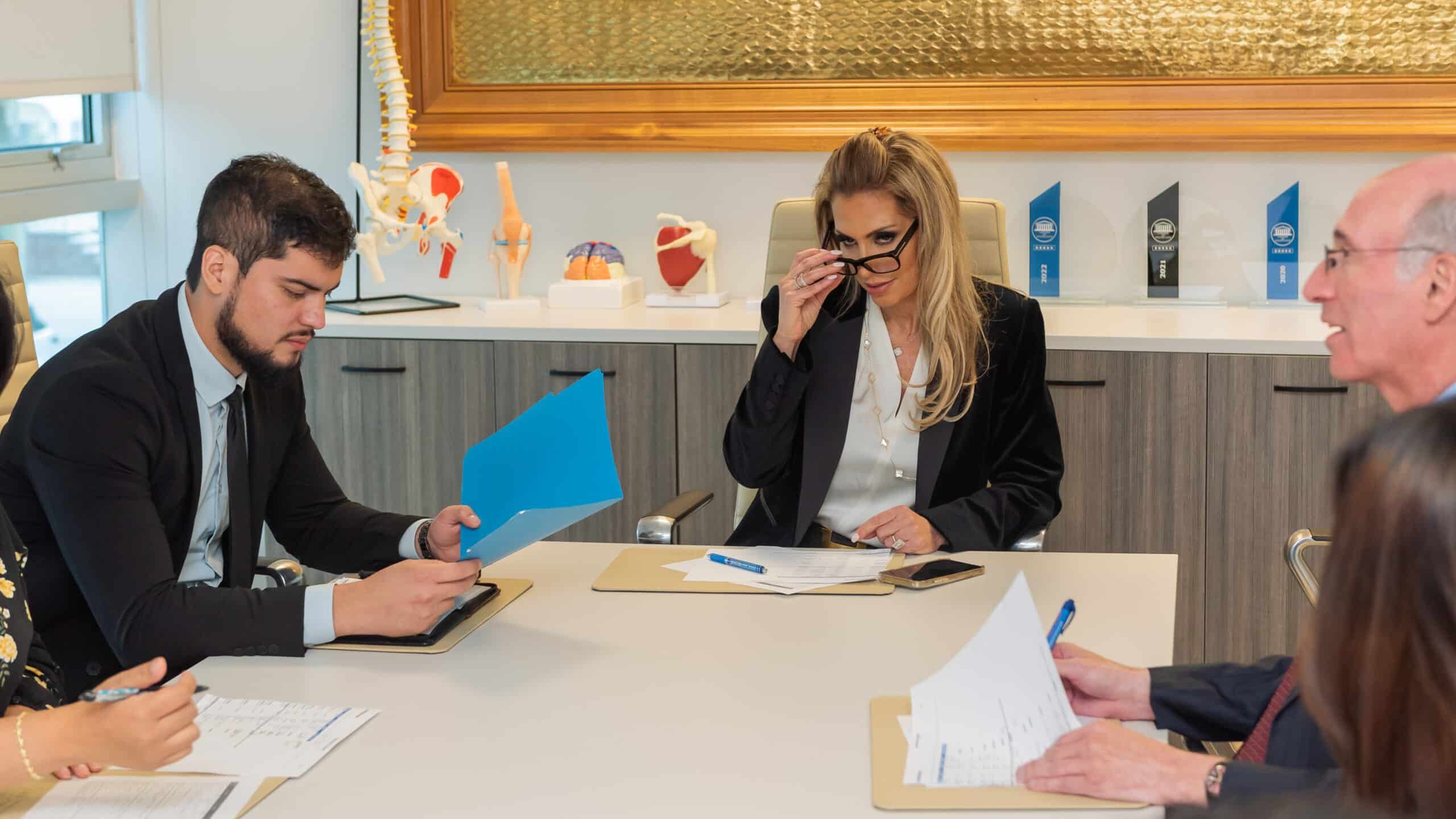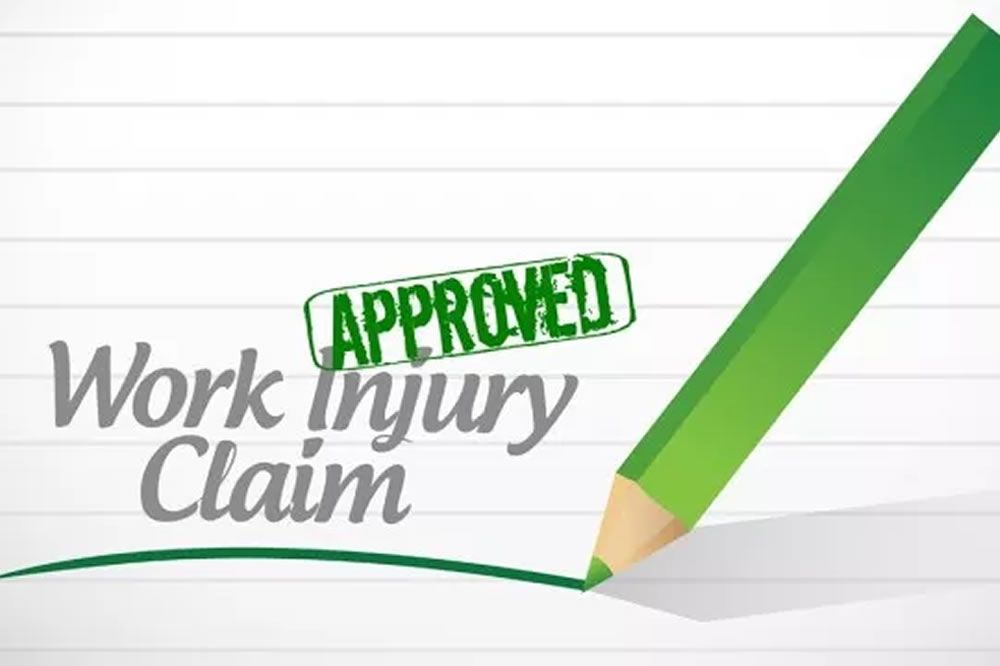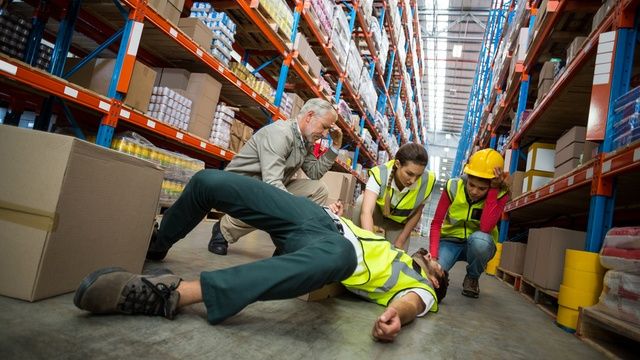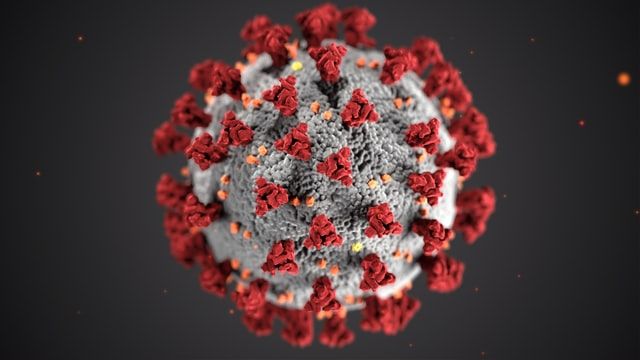Common Injuries in Construction
Construction is a demanding industry that requires physical labor and the operation of heavy machinery. Unfortunately, it also possesses numerous risks to workers, leading to common injuries. Understanding these risks is crucial for maintaining a safe working environment.
Common Injuries From Construction Accidents In the Workplace
Falls from heights, injuries caused by falling objects, electrocution, and machinery accidents are some of the most significant concerns in the workplace. Repetitive motion injuries can also occur due to the repetitive nature of certain tasks. Workers may also be exposed to respiratory hazards and harmful chemicals, which can lead to severe health problems.
Falls From Heights In Construction Sites
Falls from heights are a significant hazard in the construction industry, often resulting in severe injuries and fatalities. Construction sites are inherently risky environments, with workers exposed to various hazards, including working at elevated levels. Construction work often involves tasks such as climbing ladders, scaffolding, or working on rooftops, increasing the likelihood of falls.
Construction accidents related to falls can lead to a wide range of injuries. These injuries may range from broken bones, sprains, and strains to more severe consequences such as traumatic brain injuries or spinal cord injuries. Unfortunately, in some cases, falls from heights can be fatal, causing devastating loss for the construction workers and their families Over 1/3rd of deaths in construction accidents results from a fall. .
To address the issue of falls in construction, the Occupational Safety and Health Administration (OSHA) has established safety standards and regulations. OSHA requires employers to provide fall protection systems, such as guardrails, safety nets, or personal fall arrest systems, to ensure the safety of construction workers. Additionally, OSHA mandates proper training for employees working at heights to raise awareness about potential hazards and promote safe work practices.
Construction workers and employers must prioritize safety and take proactive measures to prevent falls. This includes regular inspections of equipment and structures, providing appropriate safety gear, and implementing safety protocols. By adhering to OSHA standards and promoting a culture of safety, construction workers can significantly reduce the risk of falls and protect themselves from serious injuries.
Getting Struck by Objects or Equipment
Workers in the construction industry face the risk of being struck by objects, which can result in serious injuries. Struck-by-object incidents are one of the most common injuries that occur on construction sites. These types of accidents can happen due to various reasons, such as equipment malfunction, human error, or lack of proper safety measures.
Construction sites are filled with heavy machinery, tools, and equipment, all of which have the potential to cause harm if not handled correctly. Workers may be struck by falling objects, swinging equipment, or flying debris. The impact of these incidents can lead to severe injuries, including broken bones, concussions, lacerations, and even fatal outcomes.
To prevent struck-by-object accidents, construction companies must prioritize safety measures. This includes providing workers with appropriate personal protective equipment (PPE) such as hard hats, safety glasses, and steel-toed boots. Additionally, implementing barriers, safety nets, and warning signs can help protect workers from falling objects. Regular inspections and maintenance of equipment and machinery are also crucial to minimize the risk of accidents.
Creating a culture of safety within the workplace is essential. This can be achieved through comprehensive training programs that educate workers on proper handling and storage of materials, as well as promoting awareness of potential hazards. By taking these precautions, construction companies can significantly reduce the occurrence of struck-by-object injuries and ensure a safer working environment for their employees.
Electrocution
One of the major risks that construction workers face on-site is the potential for electrocution. Electrocution is a common construction accident that can cause severe injuries or even be fatal. Construction workers are exposed to electrical hazards due to the nature of their work, which often involves working with live wires, faulty equipment, or near power lines.
Electrocution can lead to a range of injuries, including burns, cardiac arrest, neurological damage, and even death. These injuries can have long-lasting physical, emotional, and financial consequences for the workers and their families.
To prevent electrocution, construction workers must receive proper training on electrical safety protocols, including the use of personal protective equipment (PPE) and safe work practices. Employers should also ensure that all equipment is regularly inspected and maintained to minimize the risk of electrical accidents.
In the unfortunate event of an electrocution accident, personal injury lawyers with expertise in construction accidents can provide legal assistance to injured workers. They can help navigate through the complex legal processes, assess liability, and pursue compensation for medical expenses, lost wages, and other damages.
Construction companies should also have insurance coverage to protect themselves and their workers in case of an electrocution accident. Adequate insurance coverage can provide financial support for medical expenses, rehabilitation, and other related costs.
Machinery Accidents
Construction sites are prone to machinery accidents, which pose significant risks to workers’ safety and well-being. Machinery accidents are one of the most common types of injuries that occur in the construction industry. With the presence of heavy machinery and equipment on construction sites, workers face potential dangers daily.
These accidents can involve various types of machinery, such as cranes, forklifts, excavators, and power tools. They can result in severe injuries, including broken bones, amputations, crush injuries, and even fatalities. The nature of the work in construction requires the use of these machines, but it also exposes workers to potential hazards.
Common causes of machinery accidents include operator error, lack of proper training, equipment malfunction, and inadequate maintenance. Accidents can happen when workers are not properly trained to operate machinery or when safety protocols are not followed. Additionally, faulty or poorly maintained equipment can malfunction, leading to injuries.
In the event of a machinery accident, workers must seek immediate medical attention and report the incident to their supervisor. They may also consider consulting a lawyer to understand their rights and potential liability. Construction companies have a legal responsibility to provide a safe work environment and can be held accountable for negligence that leads to machinery accidents.
Repetitive Motion Injuries
Repetitive motion injuries pose a significant risk to the safety and well-being of individuals working in the construction industry. The cumulative effects of repetitive tasks can potentially lead to long-term health issues.
These injuries occur when workers engage in repetitive motions, such as lifting heavy materials or performing the same task repeatedly. These repetitive motions strain muscles, tendons, and joints over time. Common repetitive motion injuries in construction include carpal tunnel syndrome, tendonitis, and bursitis.
When workers experience repetitive motion injuries, they may suffer from pain, inflammation, and reduced mobility. Seeking medical attention is crucial to prevent further damage and address the pain and discomfort associated with these injuries. In some cases, workers may be entitled to compensation for their injuries.
Workers hurt on the job can consult injury lawyers or attorneys specialized in construction injuries to determine if they have a valid case for seeking compensation. These legal professionals can assess the liability of the employer or other parties involved and help workers navigate the legal process to claim compensation for medical expenses, lost wages, and potential long-term losses.
To prevent repetitive motion injuries, employers should implement ergonomic measures, provide training on proper lifting techniques, and rotate tasks to reduce the strain on specific body parts. Additionally, workers should be encouraged to take regular breaks, stretch, and use proper protective equipment to minimize the risk of injury.
By prioritizing worker safety and implementing preventive measures, the construction industry can mitigate the potential for repetitive motion injuries and safeguard the well-being of its workforce.
Respiratory Hazards on Construction Site
A significant concern in the construction industry is the prevalence of respiratory hazards. Construction workers are at risk of inhaling dangerous particles and chemicals present in the materials they work with, such as asbestos, silica dust, and fumes from paints and solvents. These respiratory hazards can lead to a range of health issues, including respiratory infections, asthma, lung cancer, and other respiratory diseases.
The potential for respiratory injuries in construction is high due to the nature of the work and the materials involved. Dust and airborne particles are often released during tasks like cutting, drilling, sanding, and demolishing. Without proper protection, workers can be exposed to these hazards, putting their health at risk.
Construction companies have a legal responsibility to provide their workers with appropriate respiratory protection and to ensure a safe work environment. Failure to do so can result in liability for any injuries or illnesses that occur as a result of respiratory hazards. In New York City construction companies must comply with local laws and regulations to protect workers from respiratory hazards.
If you have been injured or developed respiratory problems due to exposure to respiratory hazards in the construction industry, it is vital to consult with a knowledgeable lawyer who specializes in construction injuries. They can help you understand your rights and pursue the compensation you deserve.
Chemical Exposure
Chemical exposure is a significant concern for construction workers, especially in a bustling city like New York City. With the frequent use of various materials in construction projects, the potential for exposure to hazardous substances is high. Workers may come into contact with chemicals through direct skin contact, inhalation of fumes or dust particles, or accidental ingestion. The rates of chemical exposure-related injuries in NYC construction sites are alarming, making it crucial for workers to be aware of the risks and take necessary precautions.
Chemical exposure can have severe health consequences, ranging from skin irritations and respiratory issues to more serious conditions like cancer or neurological disorders. Construction companies have a legal responsibility to provide a safe working environment and ensure workers are adequately protected from chemical hazards. In cases where negligence or non-compliance with safety regulations leads to injuries, affected workers may seek legal recourse with the help of a construction injury lawyer.
Conclusion
In conclusion, construction work poses various risks and potential injuries. Falls from heights, being struck by objects, electrocution, machinery accidents, repetitive motion injuries, respiratory hazards, and chemical exposure are common dangers in this industry. Employers and employees must prioritize safety measures and proper training to prevent these injuries and ensure a safer working environment.






